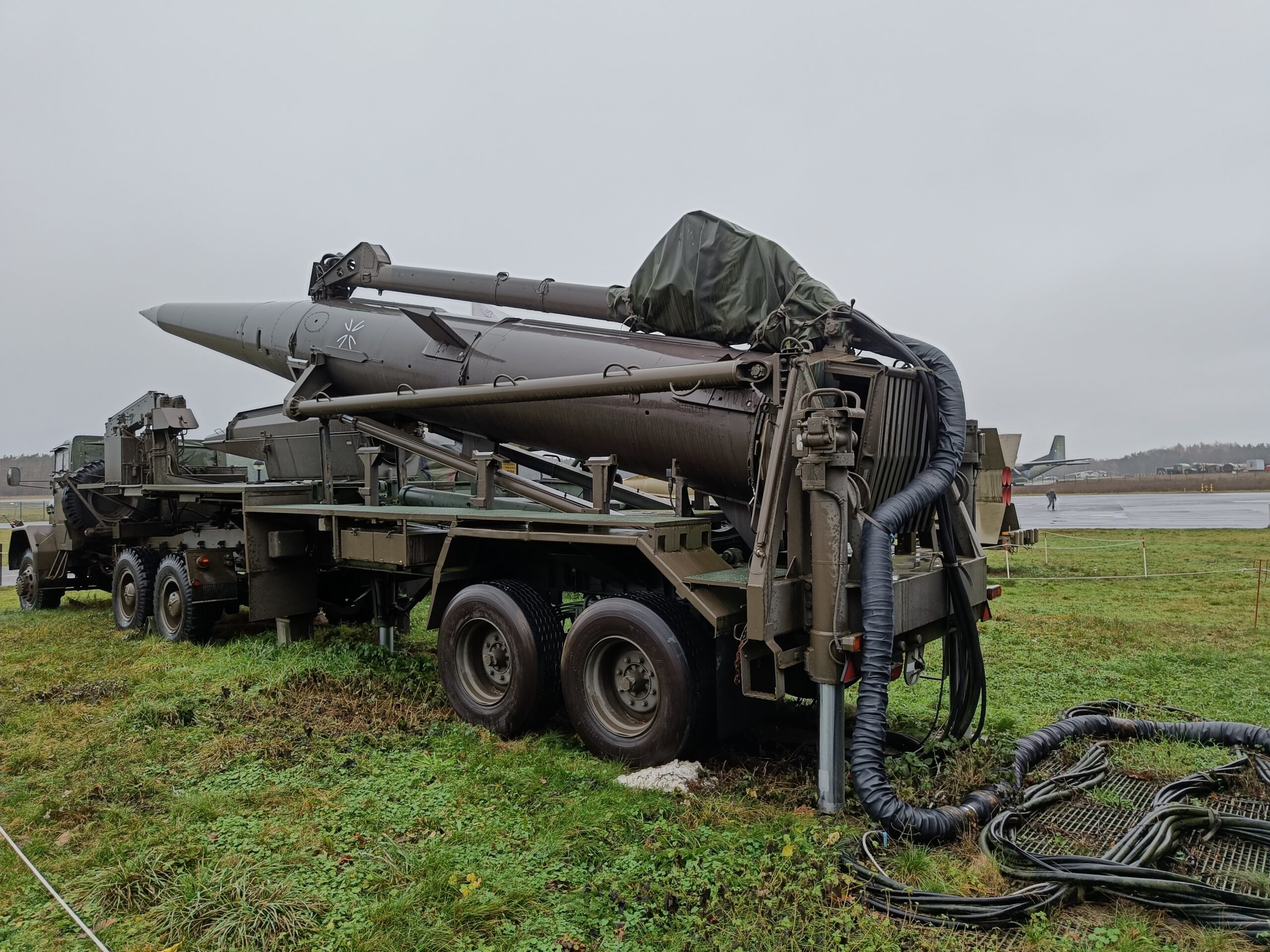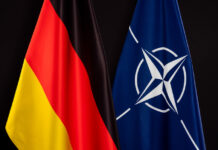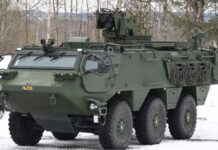It is remarkable how a change in leadership in one country can so radically alter the overall strategic picture for many others, especially when this country is the US. In the wake of the Munich Security Conference, and the disastrous 28 February 2025 meeting between Presidents Donald Trump and Volodymyr Zelenskyy, Europe finds itself at a crossroads. The post-Cold War consensus of the US as a guarantor of European security is rapidly unravelling in the wake of a transactionist and fast-moving Trump administration. Consequently, European countries are scrambling to examine alternatives to the trans-Atlantic security arrangement, with perhaps the most pressing challenge being the establishment of an alternative to the US nuclear umbrella.
In February 2025, during an interview with German broadcaster ZDF, Germany’s Chancellor-in-waiting Friedrich Merz stated: “We must prepare for the possibility that Donald Trump will no longer uphold NATO’s mutual defence commitment unconditionally,” adding, “We need to have discussions with both the British and the French, the two European nuclear powers, about whether nuclear sharing, or at least nuclear security from the UK and France, could also apply to us.”
It is fair to question Merz’s statement, since both British and French nuclear doctrine already leaves open the possibility for employing nuclear weapons to protect allies. However, at the same time Merz’s statement reflects a valid anxiety among Europe’s non-nuclear powers – while there exists the possibility that Britain or France could use their nuclear arsenals to provide deterrence on behalf of allies, this is by no means a guarantee, and policy regarding their use to ensure the security of allies is left deliberately vague. Furthermore, the extent to which the British and French nuclear deterrent is considered sufficiently credible to deter a strategic opponent is up for debate.
For starters, neither the UK, nor France have particularly large nuclear arsenals, at 225 and 290 total warheads respectively, according to the SIPRI Yearbook 2024 – which is roughly 9% of Russia’s inventory of around 5,580 warheads. Added to this, the UK’s is not entirely independent, relying on US warhead and missile designs. Consequently, these factors disincentivise nuclear sharing (one of the possibilities Merz raised), and encourage extremely careful consideration of the conditions under which they could be employed.
In the UK’s case, all nuclear missiles are hosted aboard its four Vanguard class submarines, with the continuous at-sea deterrence policy calling for at least one such submarine to be on nuclear patrol at sea at all times, and the rest based at HMNB Clyde in Faslane, Scotland. Each boat can be armed with up to 16 Trident II D5 submarine-launched ballistic missiles (SLBMs), with up to eight warheads each, for a theoretical maximum of 128 warheads on any given boat – though the typical figure would be expected to be lower.
While this sounds like a lot, it doesn’t leave much room for manoeuvre when considering the nuclear dilemmas which could hypothetically be imposed. For instance, in a worst-case scenario where HMNB Clyde is subject to a surprise nuclear first strike with three boats in port, this would leave the UK with just one boat at sea. Would these warheads be authorised for retaliatory employment at that point? What if further strikes on the UK mainland were threatened? Would allies still be covered? These are the sorts of questions leaders of nuclear powers would have to contend with. Furthermore, the possibility of failure needs to be accounted for, as seen with the UK’s last two tests of Trident II; a June 2016 test saw the missile veer off-course and automatically self-destruct, while a January 2024 test saw the missile’s first-stage boosters fail to ignite, leaving it to drop into the ocean.
France’s force is more versatile, comprising both a sea and air component. The former consists of four Triomphant class submarines (each with up to 16 M51 SLBMs, with up to 10 warheads each), with two intended to be at sea at any given time, and the rest at based at Île Longue in Crozon. The strategic air component comprises around 50 Rafale B fighter aircraft (each of which can be armed with one ASMP-A/ASMPA-R air-launched nuclear missile) operated by two squadrons based at Saint-Dizier – Robinson Air Base in Haute-Marne. Faced with a similar worst-case nuclear first strike scenario, France’s more diffuse nuclear force would probably have higher odds of preserving capability for a second strike than the UK, but would nonetheless face similar dilemmas on nuclear employment if further strikes were threatened.
Ultimately, there is no real substitute to having one’s own nuclear option. It is precisely here, when planning Europe’s long-term security architecture in the possible absence of a US nuclear guarantee, that Europe’s non-nuclear powers may be tempted to re-examine their stance on non-proliferation. In this vein, with Merz’ concerns in mind, Germany joining the nuclear club would make quite a lot of sense, both to guarantee its own security, and to share the burden of wider European deterrence with the UK and France. While Germany is a signatory of the Treaty on the Non-Proliferation of Nuclear Weapons (NPT), it is permitted to withdraw under Article X of the treaty.
As little as a year ago, Germany’s withdrawal from NPT would have been nigh-unthinkable, however, the Overton window is shifting rapidly, and the public are slowly starting to see things differently, yet some may still require convincing. A common position with many voters has been to oppose nuclear proliferation on the grounds that it would ‘paint a target on their country’s back’; here it is worth remembering that only four countries have ever given up their nuclear weapons – Belarus, Kazakhstan, South Africa, and Ukraine. One can ask the Ukrainians if they feel doing so has made them less of a target.
Mark Cazalet













